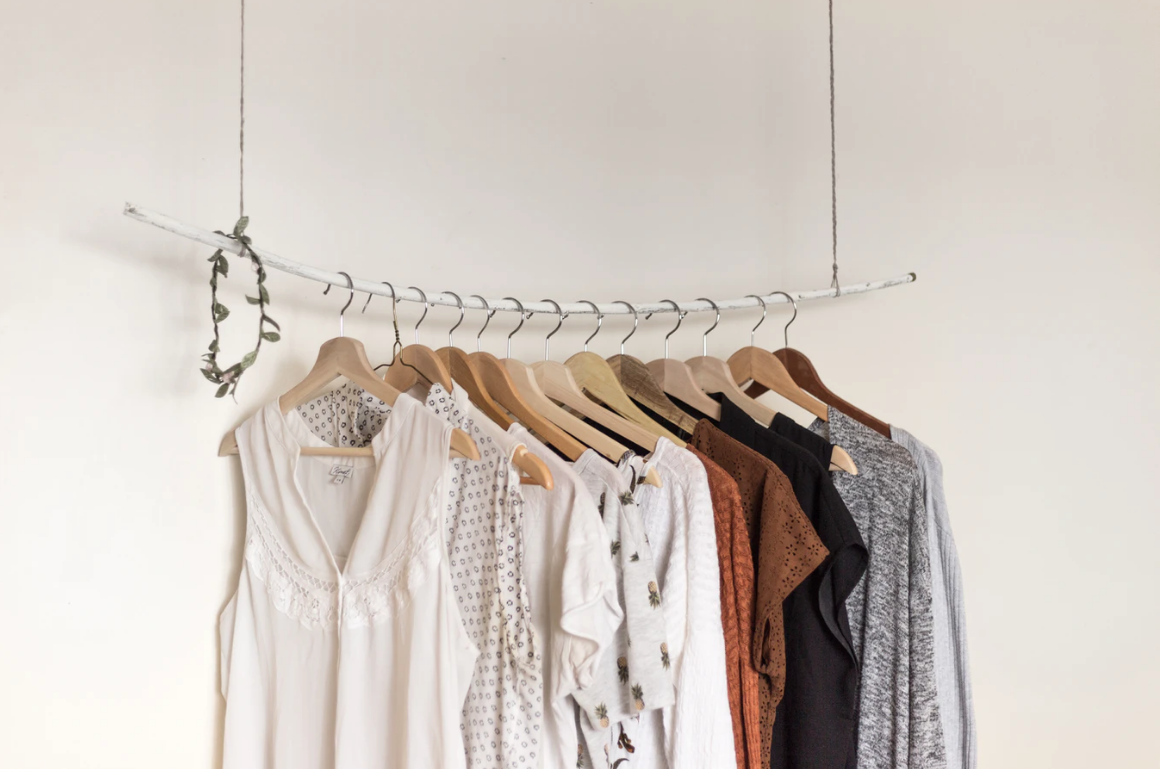![]()
A necessity for some low-income households has transformed into the go-to fashion sense for Generation Z. Thrift stores are needed for communities to thrive and provide clothing for people who could otherwise not afford to buy new items of clothing for their families.
Nationwide, popular thrift stores, such as Goodwill, have an abundance of items donated and are run entirely as non-profit organizations. Even though many of these stores mimic Goodwill, nonprofits have large contributions to society economically. Thrift stores across the United States have a national revenue of $10.3 billion, according to IBISWorld. Thrift stores are also reported to have had a 13% profit growth from 2015-2020. Because of the global coronavirus pandemic, projections for the next five years do not reach the same height as the past five years. Many thrift stores have closed to ensure safety of their customers.
Riding alongside the popularity of thrift stores is the rise of social media. Working together, some thrift stores have created websites alongside their in-person store. Local Siloam Springs thrift store Beautiful Lives Thrift Boutique has an in-depth website that delves into its mission statement, employees and their upcoming sales. The website provides the store’s exact location, as well as ways one can get involved with the store. It also contains a link to the business’s social media accounts. The social media manager of Beautiful Lives Thrift Boutique is John Brown University graduate Bethany Spangler.
Spangler started her journey with Beautiful Lives as a volunteer in Feb. 2020. Spangler, along with all her fellow volunteers and co-workers, was sent home without a job due to COVID-19. When they returned in August, Spangler was added to the paid staff. “I am the social media marketing intern there. I take pictures of different outfits. I enjoy putting together outfits that people will like. When I am working in the store, I love getting to talk the older ladies that come in to shop,” she said.
When asked about the clientele she sees on a regular basis, Spangler mentioned that she encounters many JBU students and that, more recently, they have been a majority of their customers. Most of the outfits Spangler puts together are reaching out to meet the unique fashion sense of Generation Z. “I just love to see how one piece of clothing can go through a whole life cycle before it is thrown out. Seeing people repurpose stuff is also super cool. It supports our mission to see people bring in donated clothes or even brand-new clothes. People love getting it at a better price and finding out that it is more sustainable and better for the environment. More people are getting to buy clothes that would usually reach the end of their life cycle.”
Unlike Beautiful Lives and Goodwill, some thrift stores are strictly online, such as ThredUp and Depop. No physical donations are made, but, instead, individuals are are able to showcase personal pages.
Others move their clothes off an official website and sell items directly from their own social media pages. Fox Spitzer, sophomore family and human services major, has used Instagram to sell her clothes. “I used to have an Instagram page only to sell my clothes on, but now I just sell them from my main account,” Spitzer said.
Her purpose for selling her clothes over social media is so that she knows her clothes are being repurposed and to “get some spending money because we all know that’s nice.”
“Thrift stores provide super unique pieces and a lot of old brands you don’t see every day,” she said. “It’s cool and it’s cheap. I like to support local businesses. Thrift stores are so cool because they aren’t a chain. It’s a way for me to support charities that continue to circulate clothing items and help the earth be more sustainable.”
Jenna Lowery, junior chemistry major, and Elizabeth Parrish, junior kinesiology major, also value shopping at thrift stores. “They helped us get started in life with decorations and things we will need for our apartment,” Lowery said. Parrish added, “It’s important for the community for people with lower income.” They love how thrift stores can also help them acquire different and trendy clothing items.
The rise in thrift store popularity among Generation Z is not solely attributed to its “trendiness.” This generation is more inclined to care about the repercussions of fast fashion and climate change, according to Berkley Economic Review. Thrifting is one way that younger people try to fight against these factors. The Berkley Economic Review report agrees with statements mentioned by all interviewees: thrift stores help Generation Z buy fashionable pieces that coincide with pop culture trends and personal identity.
Photo courtesy of Priscilla Du Preez





